An overlooked benzene isomer could become a powerful and versatile reagent in organic synthesis. Researchers demonstrated that the high energy compound 1,2,3-cyclohexatriene readily participates in a diverse range of cycloaddition, nucleophilic addition and σ-bond insertion reactions, enabling chemists to construct complex molecular architectures in just a few steps.
Isomers of benzene have captured the imagination of organic chemists for decades and studies of unusual strained structures such as Dewar-benzene and prismane have proven pivotal to our understanding of resonance theory and aromaticity. High-energy relatives of benzene like benzyne and 1,2-cyclohexadiene have likewise attracted significant interest, their propensity to undergo strain-promoted reactions making them valuable synthetic intermediates.

Surprisingly, 1,2,3-cyclohexatriene has not received the same degree of attention. Unlike the alternating conjugated double bonds of benzene, 1,2,3-cyclohexatriene’s three contiguous olefins lack any stabilising aromaticity and the strained ring structure, resulting from the distortion of the sp-hybridised carbon’s naturally linear geometry, led many to believe this isomer was simply too unstable to be synthetically useful. ‘If you were to try to build this species with plastic models, you would certainly break them,’ says Frederick West, an organic chemist from the University of Alberta, Canada. ‘The extreme angle strain that this intermediate experiences renders it highly reactive and the release of strain in the final product makes its reactions highly favourable thermodynamically.’
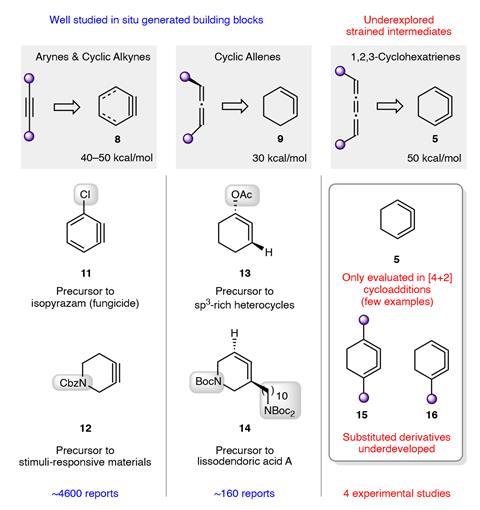
DFT studies performed by Neil Garg and his team at the University of California, Los Angeles in the US, evidenced the extent of this straining effect: 1,2,3-cyclohexatriene’s internal bond angle was a massive 11° wider than that of benzene, accounting for around 50kcal/mol of strain energy (roughly four times the strain found in cyclopropane) and closely resembling the internal angle of benzyne. Electronic models revealed further similarities to benzyne, suggesting that 1,2,3-cyclohexatriene would exhibit a similar electrophilic reactivity profile and undergo a variety of trapping reactions.

The team used a method pioneered by Richard Johnson and Hiroshi Kobayashi in the 1990s to generate the reactive 1,2,3-cyclohexatriene intermediate from a silyl triflate precursor, probing the reaction scope by introducing a variety of trapping agents. Following a fluoride-induced elimination to form the triene, reactions with dienes, imines, ketene acetals and nucleophiles produced a diverse array of fused-ring adducts, each containing reactive handles to allow further manipulation. ‘What we see is mostly reactivity of the triene as a π-system, where the middle C=C bond gets consumed in various cycloaddition processes, leaving the other two alkenes present in the product as a 1,3-diene. Like benzynes, it also reacts well with nucleophiles,’ explains West. ‘There are few (if any) established ways to build similar products, at least in one step as done here.’
Keen to demonstrate the versatility of 1,2,3-cyclohexatrienes as electrophilic reagents, Garg’s team then showcased a series of trapping reactions with the analogous dimethyl triene and used a polarising silyl group to demonstrate the predictable regioselectivity of nucleophilic reactions in unsymmetrical systems.
‘This is an excellent work which highlights the potential of strained cyclic intermediates in organic synthesis,’ comments Diego Peña, an organic chemist at the University of Santiago de Compostela in Spain. ‘An obvious next step would be to explore the reactivity of 1,2,3-cyclohexatriene in other typical reactions of strained cyclic intermediates, for example, bond insertion reactions, metal-catalysed transformations and asymmetric synthesis. Also, it would be interesting to compare the reactivity of this six-membered ring with the corresponding five- and seven-membered ring derivatives.’
The team hopes that its work inspires others to explore and exploit the synthetic potential of these high-energy reagents going forwards.
References
AV Kelleghan et al, Nature, 2023, DOI: 10.1038/s41586-023-06075-8






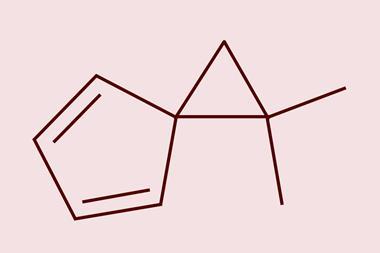
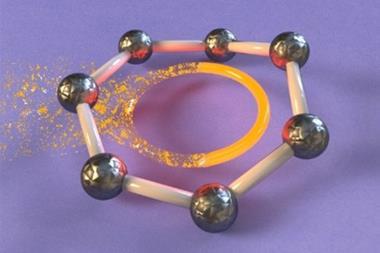
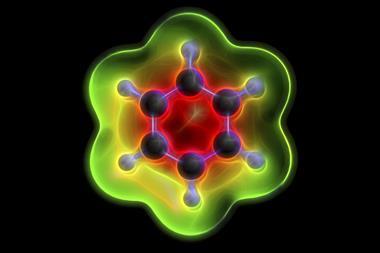
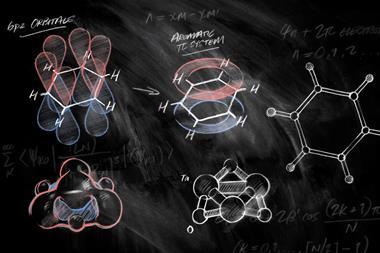







No comments yet